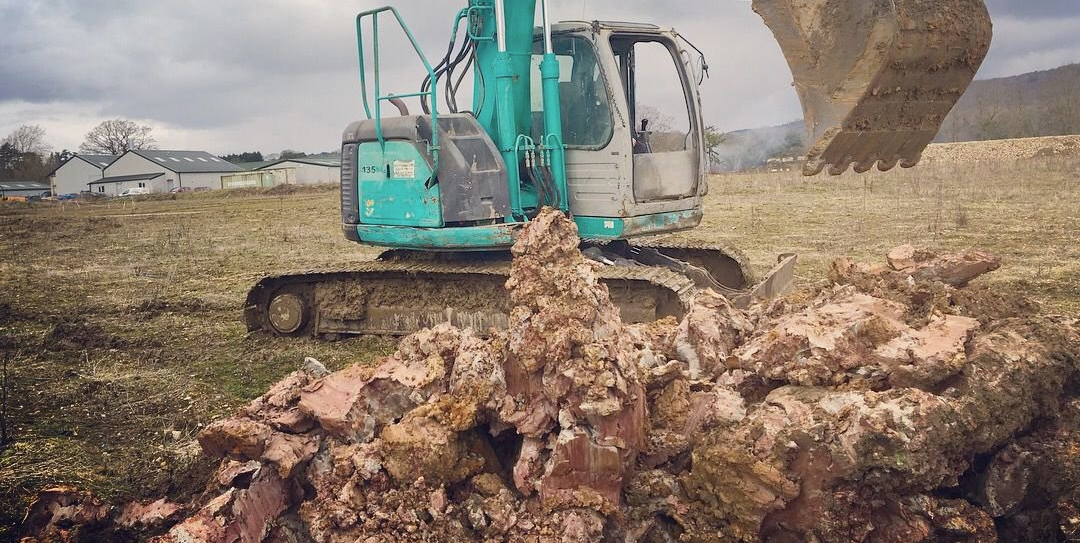Flawed Report Investigated Expensive Issue Averted
8th October 2019
Geotechnical
A client is saved time and money on foundation design, thanks to new advice following a previous geological oversight.
Our Client
The client was a property developer based in the south-east of England.

Preliminary-Assessment
Ground & Water’s Preliminary Assessment was that the “relic alluvial soils” had been misidentified and they may well have been Weald Clay Formation deposits. Additional investigation was required to attempt to delineate the spread of the alluvial soils and to determine the presence or otherwise of reworked soils of low bearing capacity.
Our Challenge
Ground & Water was asked to review a recommendation given to a client, following a previous site investigation undertaken by a third party. The client was planning to build a large residential development on a site underlain by the Weald Clay Formation. The previous investigation highlighted areas of concern for foundation design, indicating there was a layer of “relic alluvial soil”, meaning a minimum foundation depth of ~2.50m bgl was required. This would have added significantly to the cost of the development and build time.
The Ground & Water Approach
Intrusive investigation comprising a number of machine excavated trial pits was undertaken to further prove the geology. Shear vane testing was undertaken at 0.50m intervals to determine the strength of the materials encountered at any one point. Further geotechnical classification testing was also undertaken.
The Outcome
Based on the results of investigation it was revealed the “relic alluvial soils” were actually restricted to only a small portion of the site. The client’s architects and structural engineers were advised that foundation depths and widths could be reduced, for most of the dwellings on the development. This case study underlines the importance of arriving at conclusions that result in accurate advice in a timely manner. Had Ground & Water not been asked for a second opinion, the cost of development would have been significantly higher, in terms of materials, labour costs and time.